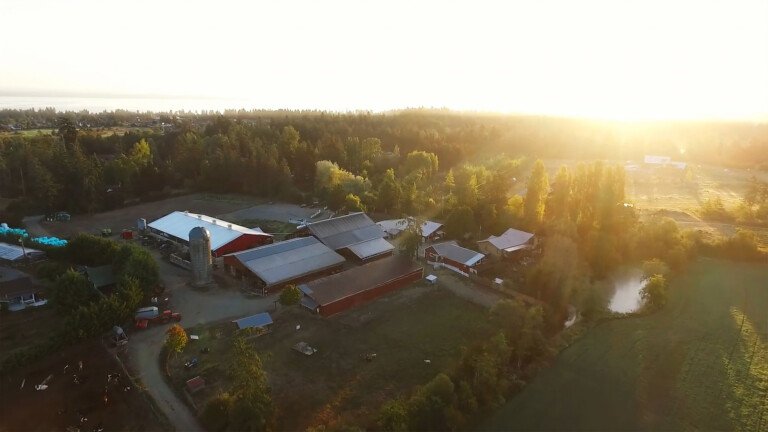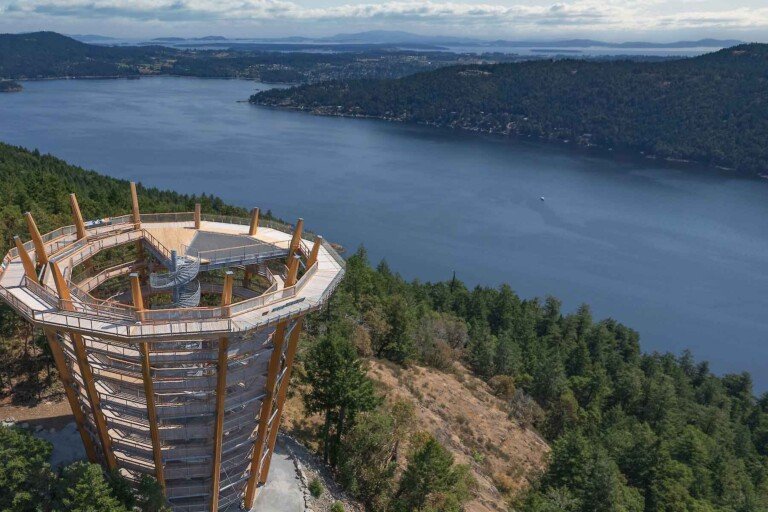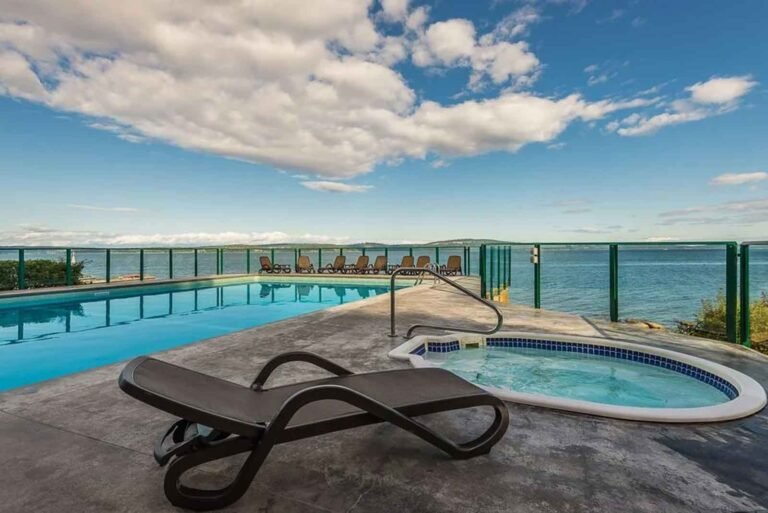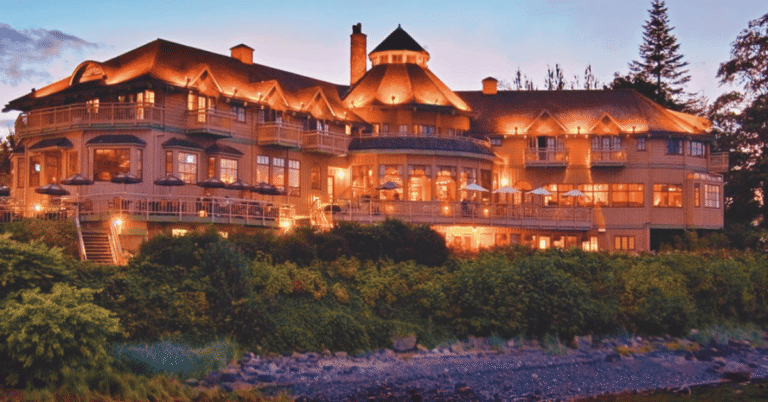Nestled in the majestic Coast Mountains south of Vancouver, Chilliwack Lake Park protects a rare patch of old-growth forest. Besides its main attraction, Chilliwack Lake, this 9,122 hectare park also encompasses several pristine lakes and rugged mountain peaks.
The Chilliwack Lake area was first explored by European people in 1855 when the Hudson’s Bay Company upgraded an already existing Indian trail, joining nine Indian villages between Vedder Crossing and Chilliwack Lake. In the early 1900s, logging of the area began and by the 1920s developed into a substantial railroad logging operation. But in 1938 a rail accident created a massive fire, forcing the Hudson’s Bay Company to abandon the railway and change its operations to truck logging. In 1942 an army base was established in Chilliwack and a visiting British company of military engineers built Sappers Park at the south end of Chilliwack Lake.
Situated on a bluff at the narrow lake’s north end, the park has 146 vehicle/tent sites, the most attractive of which are located beneath some large ponderosa pines at lakeside. Basic facilities are provided – pit toilets, picnic tables, fire pits, firewood and water – as well a sani-station and a children’s playground. The campground is open from May 1 – October 9 and fees are collected during this time. Wilderness, backcountry or walk-in camping is allowed, but no facilities are provided. There are six (6) backcountry campsites located at each of the four (4) camping areas: Greendrop (5.5 km), Lindeman (1.5 km), Flora (7 km), and Radium Lakes (6.5 km). There is one pit toilet located at the Lindeman camping area. No other facilities exist.
A wide, sandy beach spreads out below the bluff while, high above, the snowfields of Mount Corriveau present themselves like the Great Wall of China. There’s a soothing sound from the nearby Chilliwack River, which drains north out of the lake and immediately turns to whitewater. The lake and river form the park’s southern and western perimeter, respectively. An old trail follows the river to its confluence with Post Creek.
Post Creek is the trailhead for a popular Fraser Valley route that leads to both Lindeman and Greendrop Lakes, which have recently been given provincial-park status. Along the way, the moderately difficult 8-mile (12-km) round-trip hike leads past some of the largest stands of old-growth forest left in the Fraser Valley. Plan on five to six hours round trip to complete the route to both lakes. By itself, Lindeman Lake is a strenuous 3-mile (5-km) round-trip hike. A wide path begins to climb beside Post Creek’s south side. As if to test your resolve (and your fitness level) the steepest part of the trek to the lakes is at the outset. Cool sounds from the creek and shade from the massive Douglas firs help distract you from the demands of exertion. After a half-hour ascent through the shaded forest, Lindeman Lake’s brilliant blue-green surface suddenly unfolds before you beneath the open sky. The rocky shoreline doesn’t provide much of an approach. Pause on the wooden staircase at the far end of the lake to marvel at the beauty. This scene is characteristic of the Cascade Mountains, which run from here into California.
For some, reaching Lindeman Lake will be rewarding enough. If you have the stamina, carry on to Greendrop Lake where more awe-inspiring sights await. Along the way, the trail passes through a typical coastal rain-forest environment of prickly devil’s club fed by snowmelt well into summer, so be sure to wear waterproof boots. All the slogging is worth it when you finally catch sight of the towering western red cedars that anchor the mountain slope above the lake. In places, their roots drape like pipelines into Greendrop Lake, feeding shaggy trunks that taper skyward 200 feet (50 m) or more. Biomass never looked – or smelled – better, as gracefully draped skirts of cedar boughs perfume the fresh air. Find a blowdown to rest on beside the lake and inhale your fill.
Swimming and boating are permitted on Chilliwack Lake, there is a boat launch provided at the park campground, but no recreational powerboats are permitted on the lake. The sand here is a very fine quality, which is a good thing because you’ll spend more time stretched out on it than in the chilly waters of the big lake. No matter which beach you choose, there are awesome views on all sides as the ramrod-straight fir forest rises to icefields and scissor-cut peaks.
Owing to Chilliwack Lake’s year-round chilly water, it attracts serious anglers in pursuit of various species of surface-feeding trout, including rainbow, cutthroat, kokanee, and dolly varden char. Be cautious when out in a small boat as Chilliwack Lake’s sparkling waters are prone to being whipped up by winds that funnel out to the coast. Lakeside casting is possible from the sandbars at Paleface and Depot Creeks on the lake’s east side.
The beach at Paleface Creek on Chilliwack Lake is an ideal staging area, and windsurfers love the winds that are almost guaranteed to blow across the lake daily. Mountain biking is also permitted, but restricted to park roads and parking lots. In the winter, cross-country skiing is popular around the trails near the north end of Chilliwack Lake.
The park is located about 50 km east of Cultus Lake. Take the Chilliwack Lake exit #104 south from Hwy 1, then go 14 km south on No 3. Rd to Chilliwack River Rd, and finally 42 km to the lake.
Nearby Regions & Towns
Park Notices






